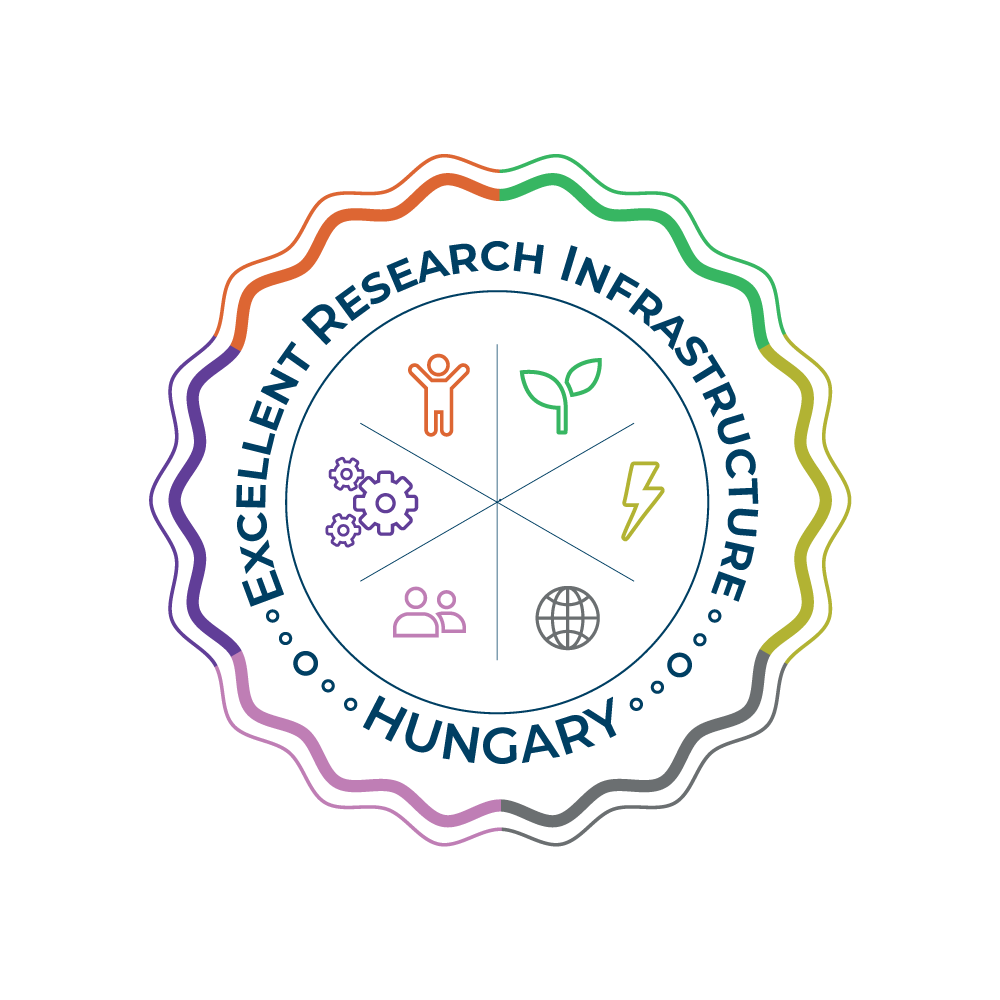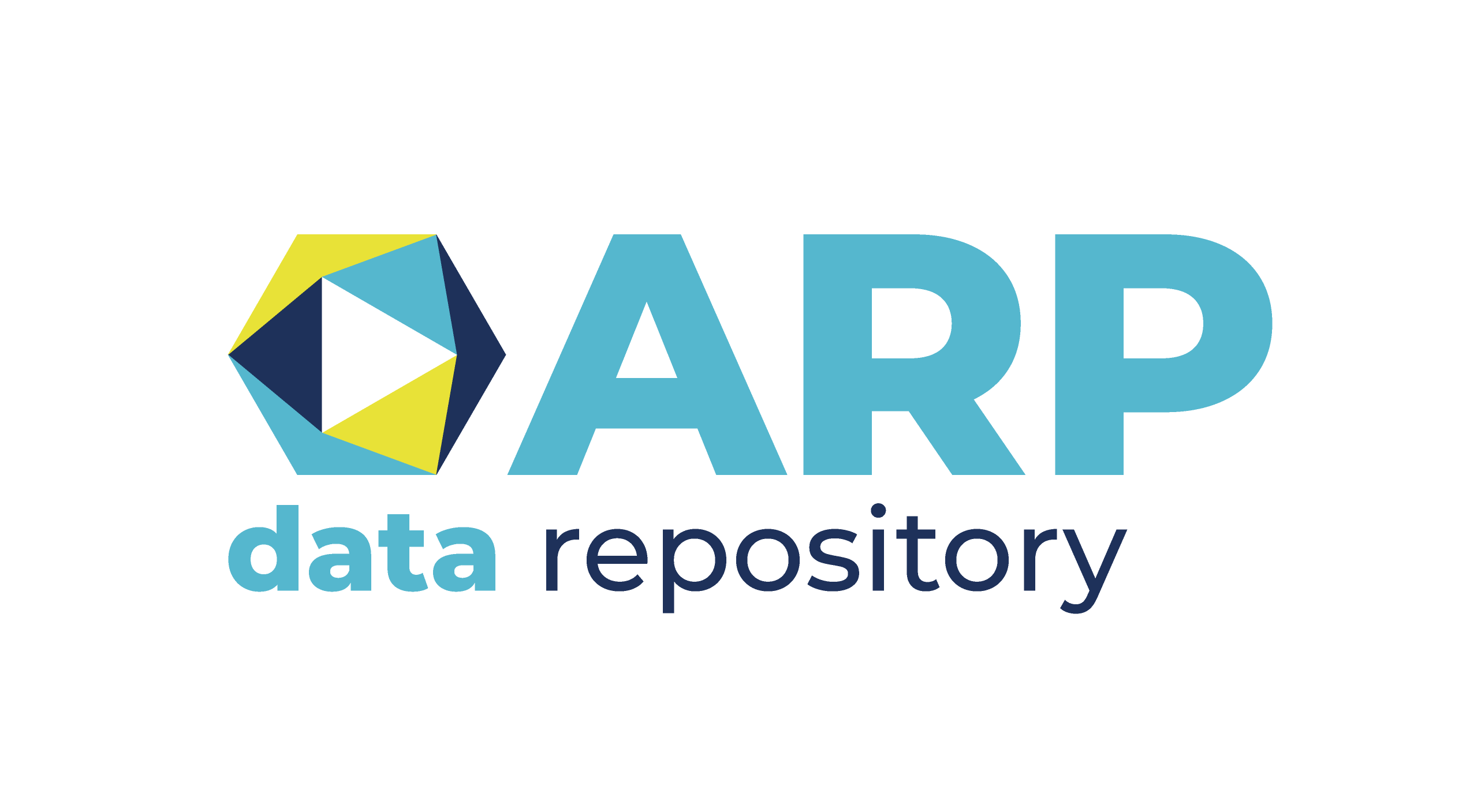Data management is an institutionally expected and supported task in the international research practice. Around the world, the comprehensive documentation of research data and the transparent data management is a part of the normal operation of a number of universities and research institutes. The first step of the data management is always the preparation of the data management plan before research starts. This is not only an obligation, but a short-term profitable investment in the work of the scientific community.
Why is it useful to share data?
Data sharing is useful because it
- encourages scientific debate,
- allows data to be linked to publications,
- leads to new collaborations between data users and data creators,
- promotes transparency and accountability,
- facilitates the improvement of research methods,
- reduces the costs of scientific research,
- increases the impact and visibility of a research,
- provides credit to the researcher,
- provides great resources for education.
A research data management plan guideline
Create, manage and store research data in such a way that not only the researcher itself but others can use them! All the data and metadata of a research (data of surveys, methodology, research tools) and the textual information generated during the research are important and should be stored for later use. Store all the quantitative and qualitative data, research documents, analyses, summaries produced during the research.
Consult with the research funding body and check the research contract if to include specifications for data storage and reuse.
Before starting research consider the following:
- What are the requirements of the research funding related to the research?
- What are the legal, ethical and other obligations regarding the research?
- Before starting research ask for consent to store data of the interviews, questionnaires and any confidential personal data. If possible, this consent should be written and should also include the terms of re-use.
- Where and under what access conditions will the researcher or the research team store and manage the data and documents? For example, the O drive of the Centre for Social Sciences is perfect for secure document sharing.
- Where will you store the data after the research? How can confidential information, personal data be preserved? How much storage space do you need during and after the research?
- Do you need to anonymize data?
- All research should have a person responsible to coordinate the saving, storage, documentation and archiving of data.
- Note which participant completed which part. For example, document who participated in the preparation of a questionnaire or an interview guide, who and where made interviews.
Of course we cannot preserve every important information, research material, document, but the orderly storage of our data also facilitates our own work.
- Save every file which is important during the project. Make backups. Use clear signs to identify the most recent version.
- Use free file formats (rtf, csv, mp4 etc.)
- Document why and how research materials were formed and what these contain. Types of documents to be archived for example: research plan, questionnaire, interview guideline, data file, codes (for example SPSS syntax), audio interview, typed interview, observation report, photo, video record, study, abstract.
- Use obvious tags to identify the texts or document their content otherwise.
- Label the variables in the data file.
- Save the original and the new version if you change your data. Note what was changed.
- Clear whether data are suitable for re-use taking into account the legal conditions. Always take into account the consents of the researched persons.






 Látogasson el Facebook oldalunkra is
Látogasson el Facebook oldalunkra is